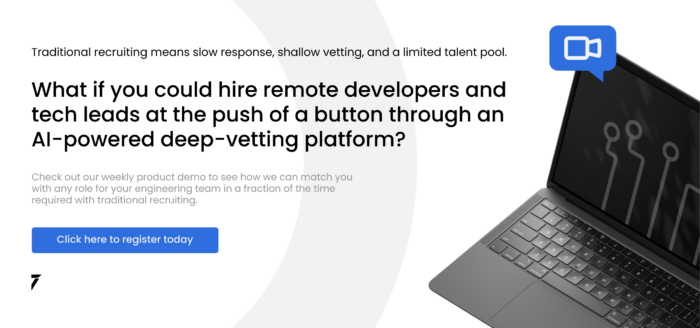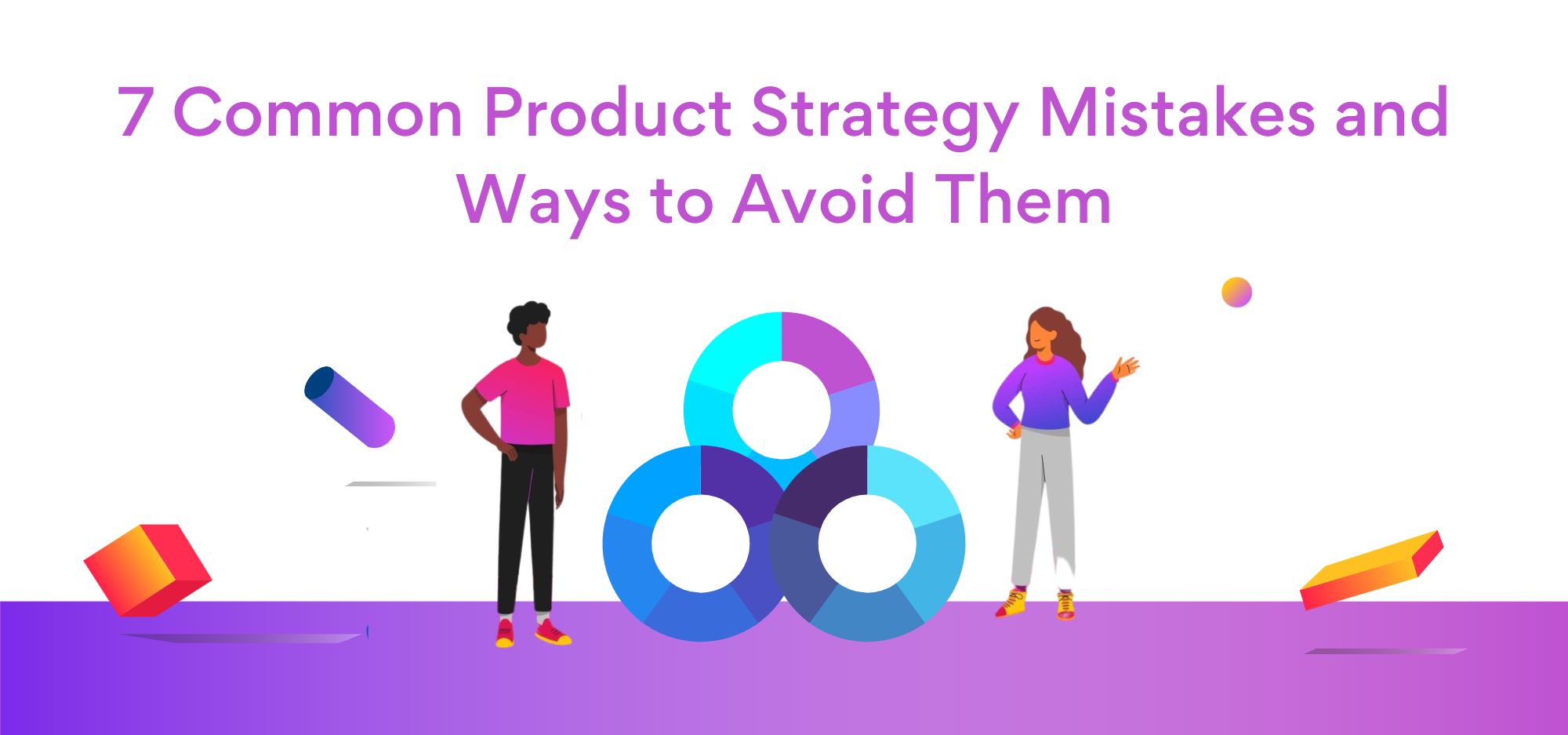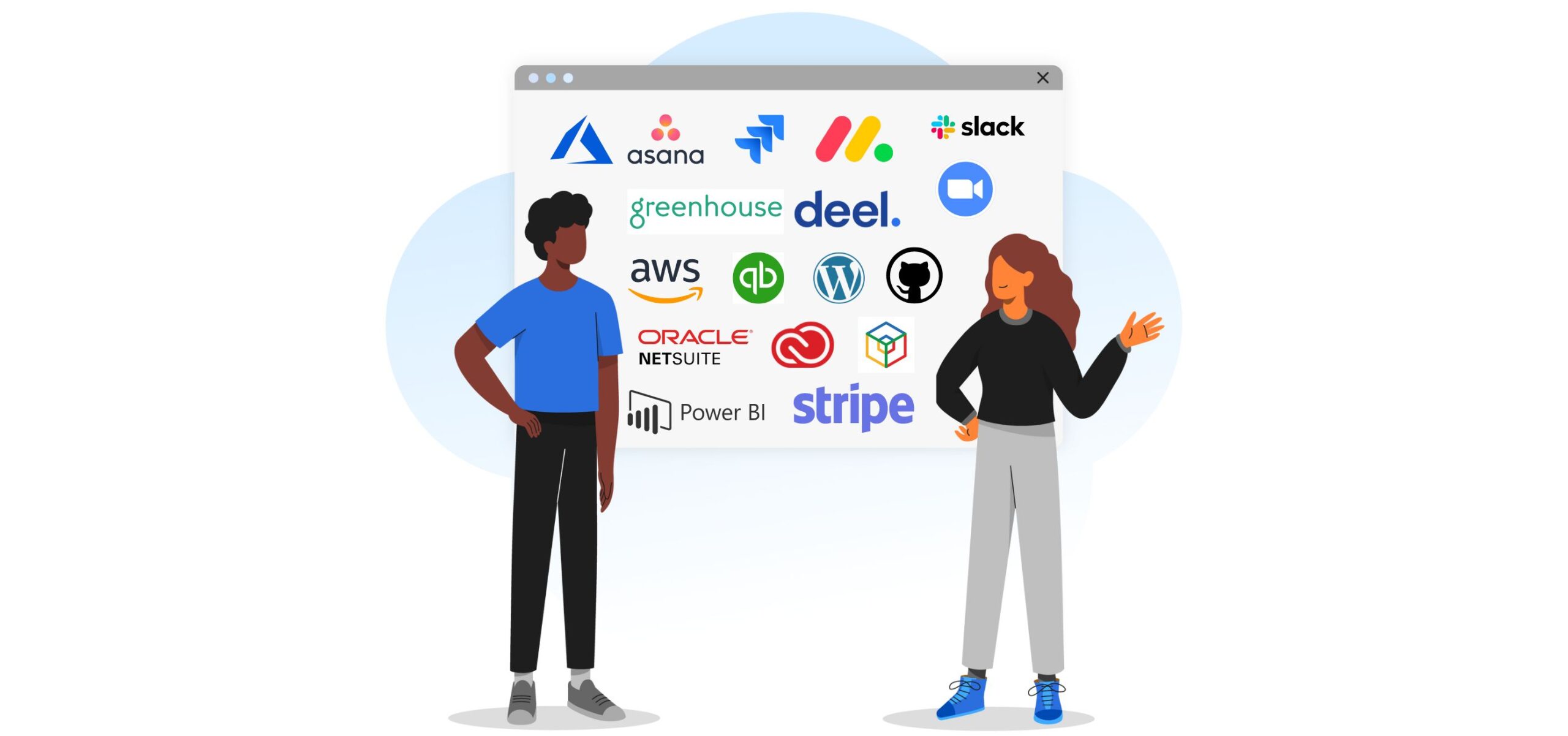How to Hire Good Data Scientists?
Businesses are constantly improving their hiring process to source and recruit data scientists who can help them analyze trends, apply analytics, and discover features and insights that influence product direction. Data scientists help implement machine learning and AI technologies on a large scale to boost metrics like engagement, retention, and returns.
While the demand for data scientists is multiplying, most businesses don’t have a clear hiring strategy to find and recruit qualified data scientists.
In this post, Jeremy Stanley, Chief Data Scientist and EVP Engineering at Sailthru, breaks down the hiring process for data scientists at his company.
Here are the key takeaways:
Foundation of your hiring process
If you already have a recruitment process in place, here are three factors you need to keep in mind to improve your existing hiring strategy.
- Maximize the accuracy and success rate in finding exceptional employees and ensuring they accept your offer.
- Reduce the chances of good candidates falling out of your hiring process early.
- Ensure that the hiring process doesn’t consume a lot of time and effort on your part.
Along with these factors, you need to build a strong foundation and develop a set of core principles to ensure you meet all your objectives.
Here are the fundamental principles you should apply to your hiring process:
Ensure that your hiring strategy is a continuous process.
Your hiring process shouldn’t be seasonal, where you go all out and devote all your time to finding and mass hiring exceptional people. Instead, create a hiring process where your recruitment campaign is always on and continually improving.
Steer clear of standard interview questions. While you may get a general idea of what a candidate can do, it doesn’t give you a clear picture of how qualified they are for the role you’re looking to fill.
Tailor your questions based on what tasks you expect the candidate to perform when they join the team.
“Understand what problems your team is currently facing and the challenges you expect successful candidates to handle,” says Stanley.
Create an objective hiring process to minimize your biases.
For hiring a data scientist, strong programming and quantitative skills are a must. So let your interview begin with testing these skills.
Next, you can move on to more subjective skills like communication and problem-solving. And, in the end, you can evaluate how well they’ll fit into your company and team.
Don’t judge them right off the bat based on their compatibility with your company. It may cloud your sense of unbiased assessment and result in losing a great prospect prematurely.
Design a structured hiring process to present a positive first impression.
Most hiring processes involve three or four interviews with different people asking the same questions. Candidates then have to wait for days to receive feedback, and in the end, they may not even have all of their questions answered.
Your hiring process will be their first insight into how your company works, and you need to have a transparent structure in place.
Let them know how it’ll be like working with you and the team by giving them a thorough understanding of your company culture and the challenges you expect them to face.
Include the team in the decision-making process.
Have a clearly defined and tangible framework to evaluate the candidates.
Additionally, if you expect the data scientist to collaborate with other teams, involve key stakeholders in those areas while making the final decision.
Speed up your hiring process.
While it pays to take your time to evaluate your candidates thoroughly, chances are you may lose out on good prospects to your competitors.
Therefore, get your candidates moving quickly through your hiring process and invest in relevant tools and logistics to analyze different phases of your hiring stage. This practice will help you find aspects that you can improve to keep up the momentum of your hiring process.
Stages of the interviewing process
The interview process for a data scientist has six stages.
-
Pre-screen stage
Here you can review their resume, take a look at their past experiences and their qualifications. But if you’d like to steer clear of interviewer bias, you can simply skip this stage and send all prospective candidates the take-home test. -
Take-home test
This short test evaluates the candidate’s ability to solve problems in their field of choice. -
Sales pitch
For candidates who’ve passed your take-home test, this is the stage where you convince them to come for the interview. -
Data day
As a part of the next step, we call candidates for a day-long interview where they’ll have to solve an open-ended challenge and present their solution. This section of the interview is where you evaluate the candidate in a realistic and controlled environment.
The number one thing that can help make this process smoother is preparation.- Have a set of printed instructions as soon as they arrive.
- Provide them with a laptop and have all the necessary tools, software programs, and data easily accessible. HomeBrew, Eclipse, Anaconda (Python distribution), RStudio, R, Emacs & Vim, and Java 7 are a few notable tools you should provide.
- Ask candidates for their feedback and adapt it into your process to suit your company’s needs.
-
Final decision
According to Stanley, there are five essential criteria to evaluate your candidates.- Problem structure. What assumptions did they make, and what strategy did they use to narrow down the scope of the problem?
- Technical skills. How readable, reliable, and flexible is the code they presented?
- Analytical skills. How sound is their logical reasoning for the approach they presented?
- Communication skills. How well were they able to present their work, strategy, approach, and conclusions?
- The value of their work. How worthy would your new hire’s work be to your company if it’s fine-tuned and implemented?
-
Communication
Communicating directly with the candidate is the final step in the process. Here, you follow up with the Data-day candidates irrespective of whether they received an offer letter. This process ensures that even if the outcome was not favorable for them, they receive personal feedback and learn from the experience.
Having a systematic hiring strategy allows you to find candidates you may otherwise have looked over just because they don’t look attractive on paper. In addition, this comprehensive strategy will remove all the guesswork from your hiring process and give you enough information to make an informed decision.
If you think designing a hiring process from scratch is a challenging task, you can take advantage of Turing’s tried-and-tested vetting process to hire highly qualified data scientists within a week.
You’ll have access to a talent pool of the top 1% of 1M talented and experienced developers with strong technical and communication skills who can work according to your requirements.
Additionally, Turing’s tried-and-tested vetting process evaluates developers to a Silicon Valley standard allowing you to have your pick of qualified software developers without sucking up all of your engineering team’s time.
Source: Review.Firstround
Traditional recruiting wasn’t built for a software-first world
Tell us the skills you need and we'll find the best developer for you in days, not weeks.













